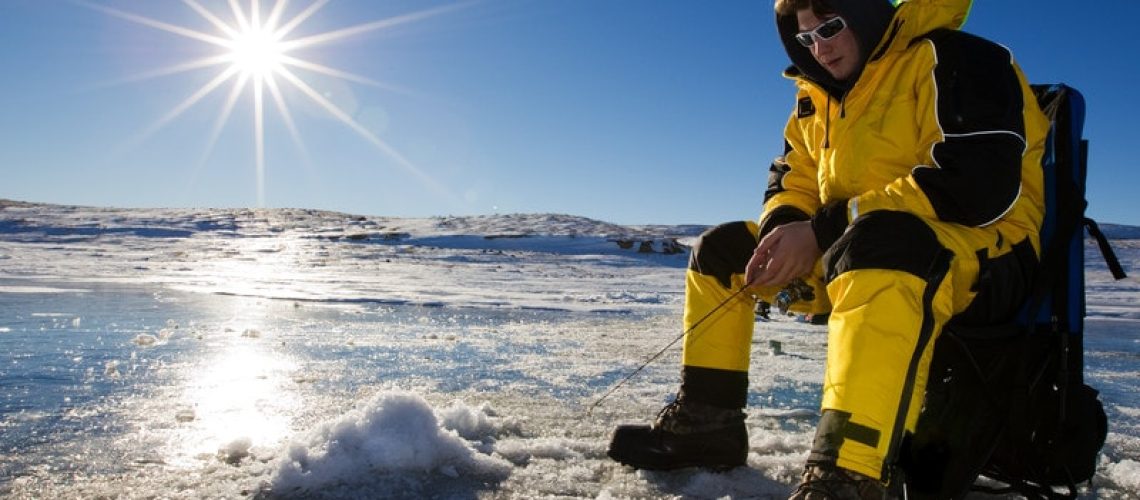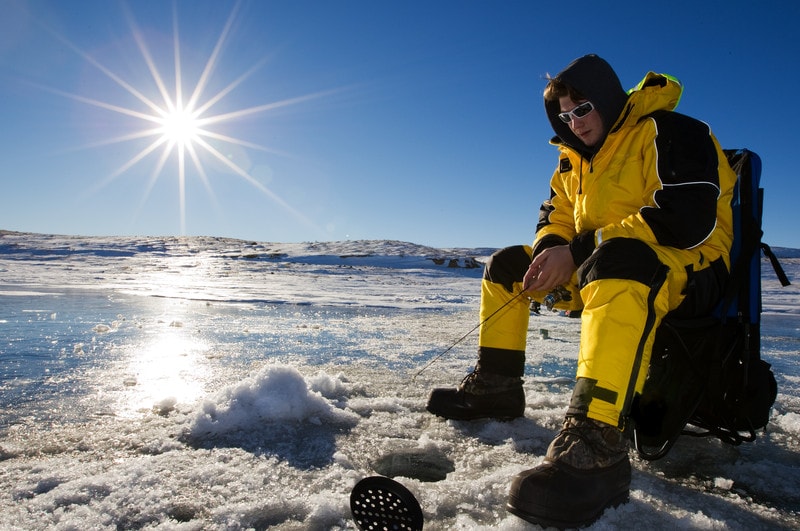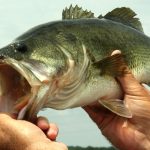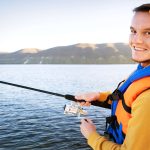When winter’s kiss seals the waters, the puzzle in finding where the fish have gone does not change much. However, the approach does, and if you are waiting in your fish house with tip-ups and hoping the action will just start, you could have a long winter ahead of you, without much for fish. Dave Genz, a Minnesota angler who has pioneered certain strategies, has offered some of his expert tactics on ice fishing.
Did you know that you do not have to drill a hole in the ice to shoot a sonar signal and find the fish? While this tactic is possible with clear ice, you cannot use this tactic when snow covers the ice. Sometimes an LCD display will lag in colder conditions, so you can use two people for covering a large stretch. While one drills a hole in a zigzag pattern, the other will follow behind them and look through the holes with their flasher. When you do this, you can rock the transducer around in all directions to check for fish that may have been to the side or beneath the transducer.
Scouting an Area
If you plan to scout out an area, you can use what Genz calls the football field and tennis court tactic. With this approach, you drill a few holes that might cover the length of a football field or tennis court to find where the fish are biting. Until you have found active fish, he recommends resisting the urge to set up tip-ups because they turn into anchors that prevent you from exploring.
Looking for Stickies at the Bottom
You should also look for stickies. Genz refers to this as an unexplored weedy area that is productive in the early winter. Nevertheless, the fish will move into the deeper water during the late season, so this does not work as well when that time approaches. A sticky area refers to a location with ground that is not too soft or hard. This is a heavenly paradise for burrowing insects and fish know it. This is also a place where fisherman can catch their limit. To find these areas, check the lake depth charts for a designated depth that sits at around 15 to 30 feet. The contour lines will be relatively far apart. While it can sometimes prove tricky to find fish, once you do, it will provide you with the best fishing spot on the lake!
What to Do After You Have Found a Sticky-Bottom Area?
Once you have pin-pointed the area, clip a weight to your jig and allow it to drop to the bottom. After it has hit bottom, lift it and drop it again. If the weight bounces too fast or digs deep, then you want to look elsewhere. However, if it temporarily sticks to the bottom, then you have found the ideal composition for fish feeding. If you want to catch more than a cold, you have to ice fish using the right tactics. Simply laying down your fish house anywhere will not yield the best results. You want to get in tune with a lake to help find the best locations, which can take time, but it is worth the effort.
Yellow Bird Products
1803 Holian Drive
Spring Grove, IL 60081
815-469-9686






